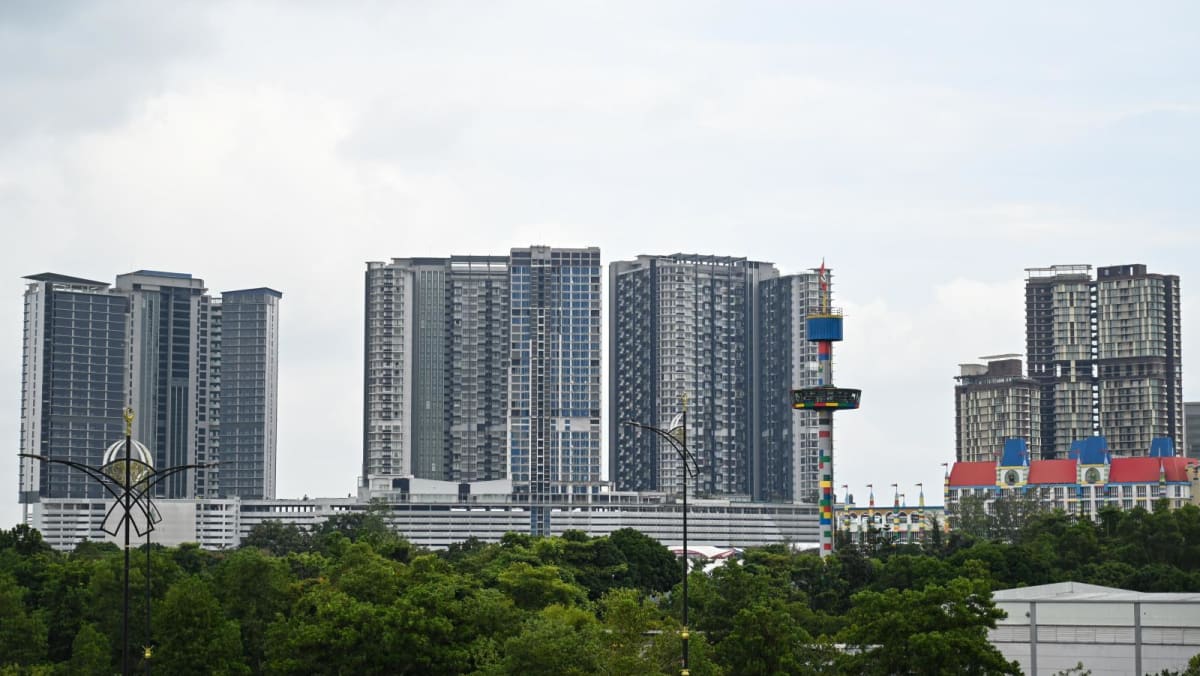
A Memorandum of Understanding (MOU) was signed by Singapore’s Minister for Trade and Industry Gan Kim Yong and Malaysia’s Minister of Economy Mohd Rafizi Ramli on Jan 11 to develop a framework for a legally binding agreement on the SEZ.
Prime Minister Lee Hsien Loong and his Malaysian counterpart Anwar Ibrahim witnessed the signing.
In a joint statement released after the signing, Singapore's Ministry of Trade and Industry (MTI) and Malaysia’s Ministry of Economy said that under the MOU, both countries will explore several initiatives that will "build towards" the SEZ.
These include more expeditious clearance of people at land checkpoints as well as the facilitation of renewable energy cooperation between the two countries.
PASSPORT-FREE TRAVEL WILL TRIGGER ECONOMIC MULTIPLIER EFFECT
Analysts said that the proposal to ease immigration processes was a “game-changer” because many other SEZs around the world do not offer “passport-free” clearance for travellers commuting across international borders within the zone.
Mr Ong Kian Ming, director of the philosophy, politics and economic programme at Malaysia’s Taylor's University, told CNA that both passport-free travel and digitised cargo clearance will allow investors, employers, and employees on both sides of the border to increasingly see Johor and Singapore as part of an integrated area where goods and people can move freely and efficiently.
“This will have significant multipliers in the facilitation of greater economic activity beyond what can be seen at the current juncture,” said the former deputy minister of trade and industry who is also a member of the Democratic Action Party.
“It has the potential of making the SEZ an even more economically vibrant area compared to Shenzhen and Hong Kong.”
The view is echoed by KGV International’s Mr Tan who said that the free flow of manpower and goods is the “prerequisite to integrate the two economies”.
“Seamless collaboration for a cross-country SEZ is only possible when the bottlenecks at the customs and ports are cleared,” said Mr Tan.
“The proposals of using such technologies (ie. passport-free QR code clearance system and digitised process for cargo clearance) are definitely more efficient. It facilitates and improves flow of people and goods from both countries,” he added.
The Causeway between Singapore and Johor Bahru is considered one of the busiest land checkpoints in the world. Around 200,000 travellers commute across each day.
However, in spite of the hassle-free benefits of passport-free travel, economist Walter Theseira from the Singapore University of Social Sciences (SUSS) noted that there are other immigration safety aspects that must be considered.
"Does passport-free border clearance mean that once cleared, the traveller has full access to the rest of Peninsular Malaysia? Or is it just access to the SEZ, with access to the rest of Malaysia requiring a different arrangement?
"Obviously, this question does not arise for passport-free entry into Singapore since it is meaningless to draw a boundary within Singapore for this, but it could be logical for Malaysia to draw an internal boundary for such access," said Assoc Prof Theseira.
He added that he does not anticipate that Malaysia will have a separate internal border checkpoint after the SEZ, but rather expects a different clearance process for travellers who declare they intend to travel further than the SEZ.
Bagikan Berita Ini














0 Response to "Johor-Singapore SEZ: Passport-free travel hailed as 'game-changer' but observers debate size, scope of proposed zone - CNA"
Post a Comment